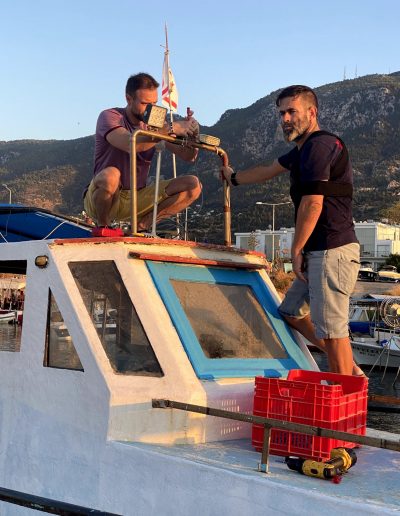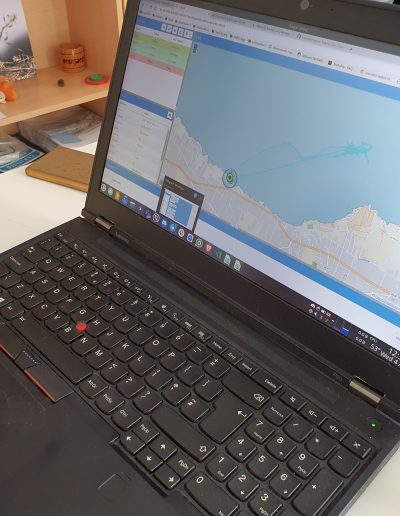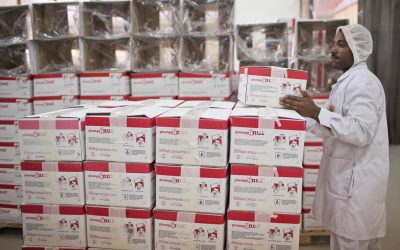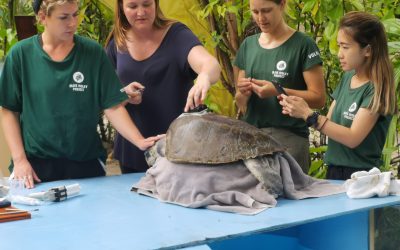Getting started
Tracking the movement and location of small fishing vessels requires a low-cost and scalable solution. The Society for the Protection of Turtles (SPOT) were keen to explore the use of LoRa radio communications to monitor fishing activity and spearhead the use of LoRa / GPS tracking technology as a viable means to track a large number of fishing vessels, and without incurring individual data costs per vessel.
Krasi Georgiev travelled to North Cyprus to meet the SPOT team and install our first LoRaWAN gateway to kickstart the trials. In this report he was able to share his equipment list, setup and experience setting up the hardware.
Equipment List
In true fieldwork fashion, the electricty generator planned to power the Gateway was knocked out of action on the first day due to a vehicle collision at the Gateway installation site, so a 12v car battery was quickly sourced to provide power and the team continued with the installation.
Equipment comprised of:
- 1 x Ubiquiti N-SW NanoSwitch 4-Port Gigabit PoE Switch
- Raspberry Pi 4
- Raspberry Pi 4 PoE HAT
- LorixOne LoRaWAN Gateway with 5dbi antenna
- MicroTik SXT LTE6 Router (4G Cellular)
- 4 x Open Collar LoRa / GPS Asset Trackers (rechargable)

(Above) The LorixOne Gateway, Router, PoE Switch and Raspberry Pi 4
Registering local SIM cards
To establish the cellular connection from the router and access the Gateway / Raspberry Pi remotely a local SIM card was purchased and data loaded. Note – in North Cyprus you are required to register a pay-as-you-go SIM card after 120 days to prevent it from being blocked, so you’ll need to factor this in to any future installations / tests if you’re replicating our setup in the same area.
The Raspberry Pi and PoE Switch were installed in an off-the-shelf IP67 enclosure. The LorixOne gateway was then installed on a flag pole to provide elevation. Power to the LorixOne was provided from the PoE switch.
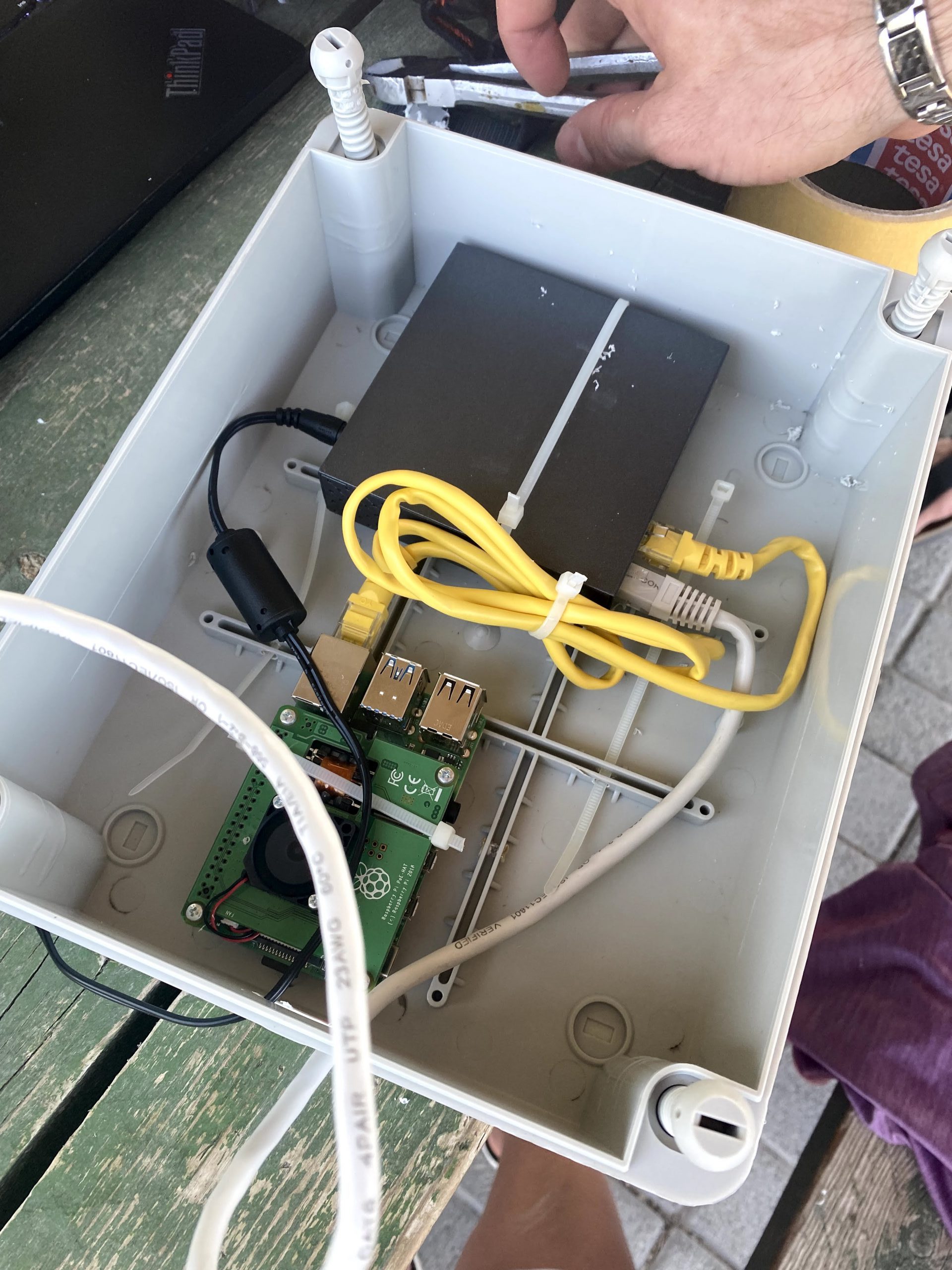
Elevating the LoRaWAN Gateway
Getting the gateway as high up as possible is important to boost range and coverage. Our target flag pole was about 8m high with a direct line of sight / view to fishing boats in the harbour. The ethernet cable carried data and power up the mast.
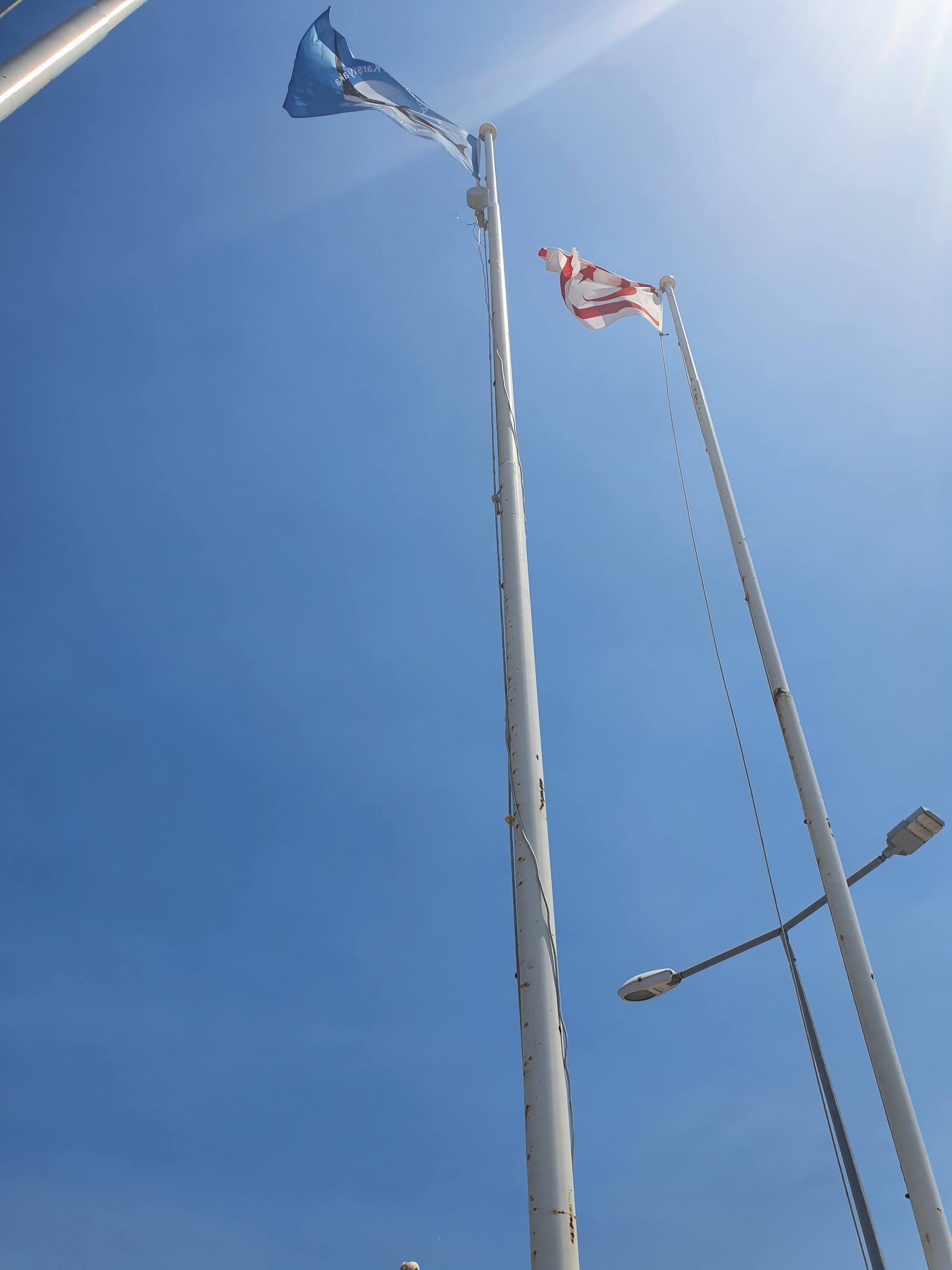
The Raspberry Pi itself was used to command and control the LorixOne gateway. Balena was used as the host operating system with Docker containers running as services to manage Chirpstack and Traccar.
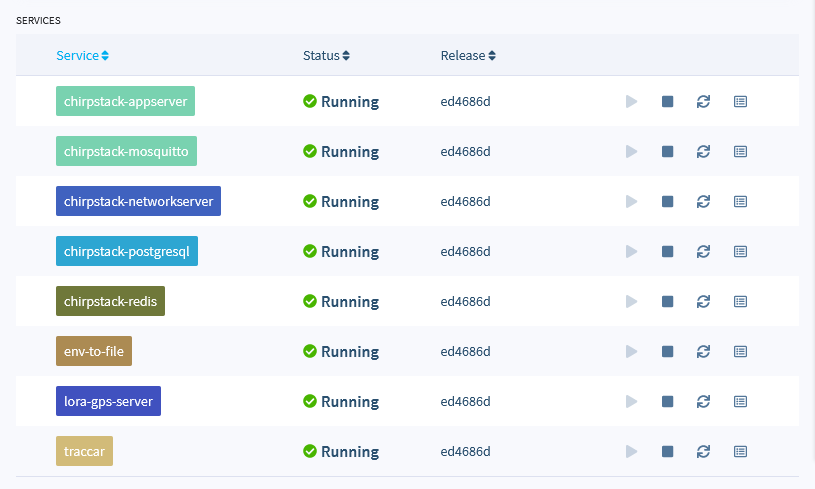
The full Balena application and setup instructions are available on Arribada’s Github.
Initial Results
The LoRa / GPS tags were installed on four boats and connected to boat power (12v). Each boat was then monitored via the Traccar dashboard. The furthest distance travelled was 13km, with live GPS fixes continuing to be received. We believe range could be much further but the boats don’t actually travel further than this, so the one Gateway is able to provide full coverage of fishing activities. This more than covered the operating range of the Gateway, but plans are afoot to also get permission to install the Gateway on a fixed installation many hundreds of meters higher up on an electrical substation high in the nearby mountains. Range tests will be carried out again when that becomes possible.
The total cost of a setup like this is approximately £1000 – £1500 all in (Gateway & 4 x LoRa / GPS tracking tags) if you’re planning to replicate our work and establish your own LoRaWAN tracking network.



